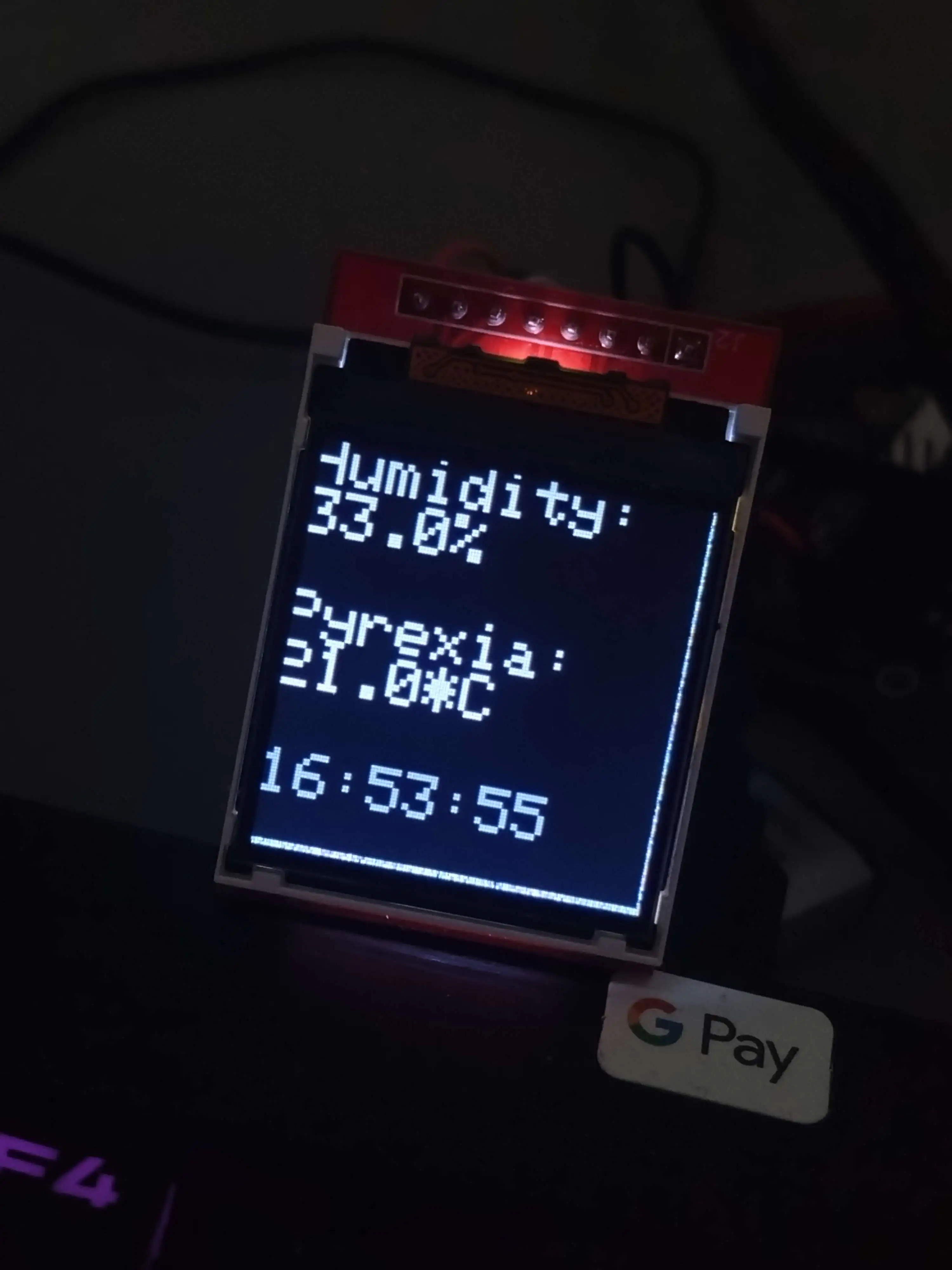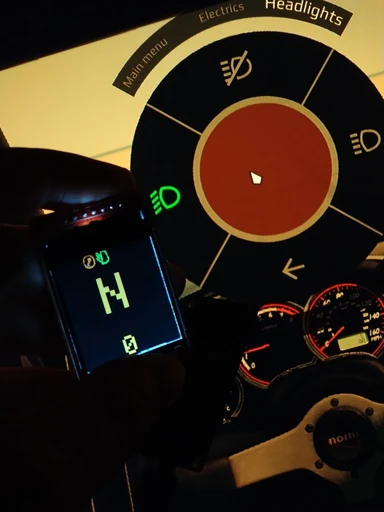Soaring for Solar (and
Sustainability)
I’ve been reading “How to build a low-tech internet” and it has made me realize that all of the usability choices that I’ve made in my own on-line journey, have been made also pretty “sustainably” - everything I do, no matter local or worldwide. And with “sustainably” I actually mean annoyance free. I try to keep my own sites to the minimum in load size but maximum in usability (even tho, sometimes I do fail, sometimes on purpose; sometimes because I just want a thing to be done).
This realization has caused an re-ignited flame for solar power in me- most of my stuff runs on various cheap VPS’s all around the world with very little resource usage - what’s preventing me from moving those services (that mind you, get medium to very little usage (peaks included)) and having one VPS that’s powered by 100% renewable energy to handle connections (akin to a bastion host/jump-server).
Sure, this isn’t exactly “sustainable” as I still route traffic trough the wider internet which causes massive energy use, emissions (because that energy has to be produced - and very little of the current age network operators use fully, 100%, green energy) and latency issues.
But at least for this blog, I’d love to go for that route - as it is all just a static web-page and could be hosted with very little resources, especially with rate limiting for RSS feed fetches etc. Image compression is; and HTTP/3 could also been deployed for quicker loads - but what’s realistically preventing me from just serving a HTTP/2 page with very minimal traffic and trying to reap the benefits of lower bandwidth use,?
I am going to do a test in the coming months with an Nanopi Zero, and a 40w (hopefully) solar panel that outputs to a power-bank acting as a load balancer for the panel and a battery for the nights / when its cloudy - Yes, I’m quite literally going the # LOW←TECH MAGAZINE route. At least for this test.
I’ve also realized that all of the people near me who have asked me for help getting a laptop that: 1: Lasts more than a few years (1-3) 2: Doesn’t break if thrown into a backpack 3: Is comfortable enough to use for a daily driver 4: Doesn’t cost more than a few hundred euros
And for all of those requirements I always go back to ThinkPads. Yes, even the ones that Lenovo made. Yes, even the X240’s. They simply are the most repairable, cheap and durable laptops that I’ve ever used. Hell, the Framework would be an even better option for repairability / upgradeability; but then there’s the cost of it. Maybe one day?
Anyways, I have a friend. They run a X230 that I recommended - as a daily driver for all of their work. Sure, it’s on Windows 10, but the install has been Neutered:tm: - which makes it run like a dream! The x230 having an SSD keeps things snappy and 16gb of RAM also do a lot, I think. Besides, the aftermarket batteries - they just keep on chuggin’.
Oh and also, The X230 is 12 years old.
That’s a long life for laptop, at least in my eyes - and if something doesn’t break catastrophically - I honestly think the X230 has another 10 years of life left - if, of course - they ditch M$’s Windows for “something else :)” - which might happen sooner than later. Seeing that October 14th, 2025 is closer than we think.
For myself, I’m still on the X240 - but just now thinking about getting some new batteries and maybe getting rid of the touch-pad that doesn’t have buttons - tho - I have kind of grown to like it, but the fact that the button inputs have to be determined in-firmware is a bit of a mehhh. Other than that, USB-C PD Mod is on the horizon (and the same for the X230 if my friend wants it).
I’ll have to write once again whenever the decision for the panels and the final blog-server has been made (server as in what SBC I’ll end up using).
- k
 What the
fuck
is this? Is this some kind of an twitch-tube hybrid monster? Why are the comments on the side?
What the fuck is the point of the bottom homepage 2.0 layout?? I already have enough content on the fucking home page, that's where I go if I'm looking for something new to watch?
I try to reveal the description and BOOM I get redirected to the FUCKING CHANNEL PAGE BECAUSE I MISS-CLICKED YOU FUCKING PIECES OF SHIT WHO MADE THE "...more" SO FUCKING SMALL AND I CANT CLICK ANYWHERE ELSE.
Seriously, why the fuck do the transcripts now require detective skills to find?
The underside of the video now feels hideous because its not for comments but MORE FUCKING VIDEOS that we already had on the fucking sidebar before AND IN THE FUCKING HOMEPAGE.
This is I think, the closest I've come to going insane in 2024. These changes, they've pushed me over the edge to set-up RSS feeds, download all of the videos I care about and finally say FUCK YOU to this piece of shit garbage fucking website who loves their idiotic design changes so much they don't even eat their own dog food and test the shit they roll out - its hideous, cumbersome and needs to be killed IMMEDIATELY.
honestly, I sound like a boomer writing this. I do, I really do. And I guess time has finally caught up to me. I cannot fucking stand this shit anymore, stop changing stuff that works for the sole reason of changing it. This will not bring you more money, your job will not be saved because of this. And dear fucking god if it is, I hope you feel sad every single fucking day you got to sleep knowing that
your
changes have made at least one person diss you to hell and back, and revive their passion for hating this godforsaken mega-corporation even harder, once again.
Yes, the links are to the godforsaken site - right click and YT-DLP if neccesary.
A very angry,
- k
What the
fuck
is this? Is this some kind of an twitch-tube hybrid monster? Why are the comments on the side?
What the fuck is the point of the bottom homepage 2.0 layout?? I already have enough content on the fucking home page, that's where I go if I'm looking for something new to watch?
I try to reveal the description and BOOM I get redirected to the FUCKING CHANNEL PAGE BECAUSE I MISS-CLICKED YOU FUCKING PIECES OF SHIT WHO MADE THE "...more" SO FUCKING SMALL AND I CANT CLICK ANYWHERE ELSE.
Seriously, why the fuck do the transcripts now require detective skills to find?
The underside of the video now feels hideous because its not for comments but MORE FUCKING VIDEOS that we already had on the fucking sidebar before AND IN THE FUCKING HOMEPAGE.
This is I think, the closest I've come to going insane in 2024. These changes, they've pushed me over the edge to set-up RSS feeds, download all of the videos I care about and finally say FUCK YOU to this piece of shit garbage fucking website who loves their idiotic design changes so much they don't even eat their own dog food and test the shit they roll out - its hideous, cumbersome and needs to be killed IMMEDIATELY.
honestly, I sound like a boomer writing this. I do, I really do. And I guess time has finally caught up to me. I cannot fucking stand this shit anymore, stop changing stuff that works for the sole reason of changing it. This will not bring you more money, your job will not be saved because of this. And dear fucking god if it is, I hope you feel sad every single fucking day you got to sleep knowing that
your
changes have made at least one person diss you to hell and back, and revive their passion for hating this godforsaken mega-corporation even harder, once again.
Yes, the links are to the godforsaken site - right click and YT-DLP if neccesary.
A very angry,
- k
 so the
so the
 Here's the code for it, enjoy as you please.
Here's the code for it, enjoy as you please.

